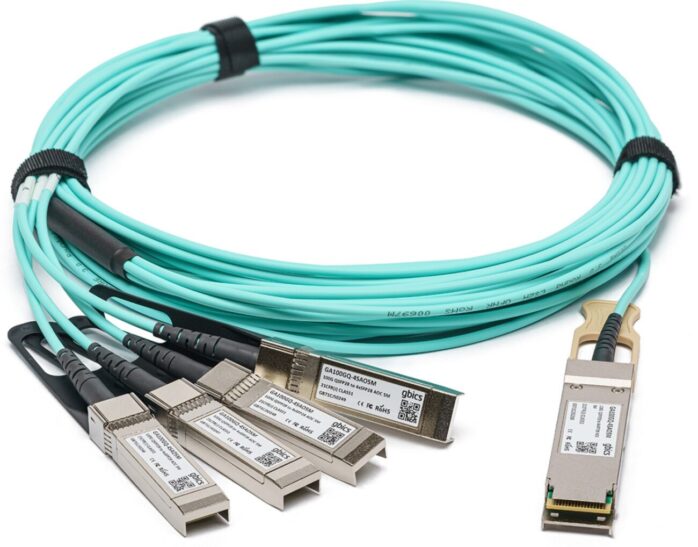
As the demand for higher bandwidth and faster data transmission grows, the need for more advanced network technologies becomes apparent. Two significant standards that have emerged in response to this demand are 100GBASE-SR4 and 25GBASE-SR. In this blog post, we will delve into the applications and advantages of these high-speed networking technologies, and explore how they are shaping the future of data communications.
100GBASE-SR4 Overview
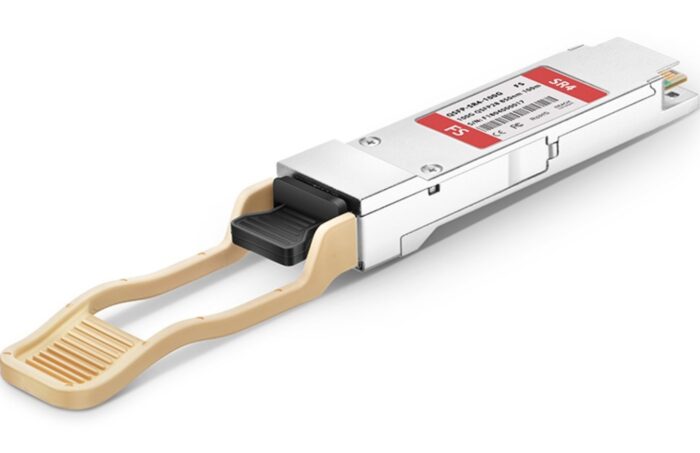
100GBASE-SR4 is a standard developed by the IEEE for 100 Gigabit Ethernet (GbE) communication over multi-mode fiber. It utilizes four parallel lanes for transmission and four parallel lanes for reception, each operating at 25 Gigabits per second (Gbps). This results in an aggregate data rate of 100 Gbps, making it well-suited for data centers, large-scale enterprise networks, and high-performance computing environments.
The 100GBASE-SR4 standard is designed to be cost-effective and energy-efficient while still providing high-speed data transmission. Its ability to operate over relatively short distances (up to 100 meters using OM4 fiber) makes it ideal for connecting devices within the same building or data center. This standard helps address the growing demand for increased bandwidth and reduced latency in various applications, such as cloud computing, video streaming, and online gaming.
One of the key benefits of 100GBASE-SR4 is its compatibility with existing 25G SFP28 and 100G QSFP28 transceiver modules. By utilizing QSFP28-100G-SR4 modules, network operators can easily upgrade their infrastructure to support 100 Gbps speeds without significant changes to their existing equipment. Moreover, with QSFP28-100G-SR4’s support for breakout configurations, such as 100G to 4x25G, it enables seamless integration of both 25G and 100G devices within the network.
In summary, the 100GBASE-SR4 standard plays a crucial role in addressing the increasing demand for high-speed data transmission in today’s data-driven world. By providing a cost-effective and energy-efficient solution for short-range connections, it enables network operators and data center managers to optimize their infrastructure for improved performance and scalability.
25GBASE-SR Overview
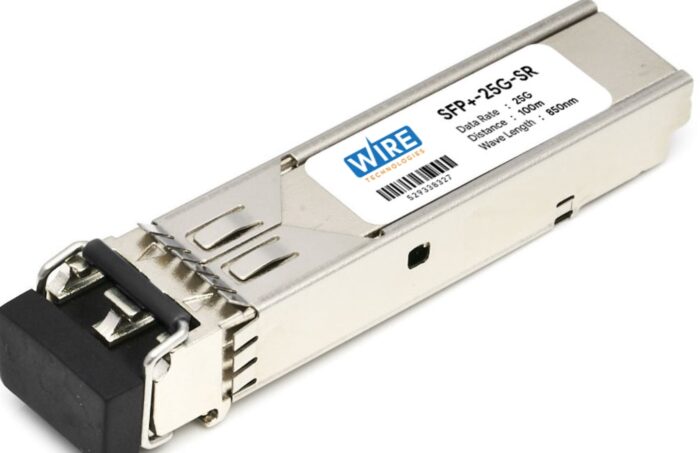
25GBASE-SR is another standard developed by the IEEE, which provides 25 GbE communication over multi-mode fiber. Similar to 100GBASE-SR4, 25GBASE-SR operates on a single lane, with each lane transmitting data at a rate of 25 Gbps. 25GBASE-SR is designed to cater to the growing bandwidth requirements of smaller-scale data centers and enterprise networks, where the need for high-speed data transmission is increasing rapidly.
With a maximum reach of up to 100 meters using OM4 fiber, 25GBASE-SR is an ideal solution for short-range, high-speed connections within a single building or data center. Its single-lane design offers better cost and power efficiency compared to multi-lane alternatives, making it an attractive option for organizations looking to optimize their network performance without incurring significant expenses.
One of the significant advantages of 25GBASE-SR is its compatibility with 25G SFP28 and 100G QSFP28 transceiver modules. Network operators can use SFP28-25G-SR modules to easily upgrade their infrastructure to support 25 Gbps speeds without making significant changes to their existing equipment. Additionally, 25GBASE-SR’s seamless integration with 100G QSFP28 modules, such as in QSFP28 to SFP28 breakout configurations, enables a flexible and scalable network that can accommodate both 25G and 100G devices.
The 25GBASE-SR standard plays an essential role in addressing the growing demand for high-speed data transmission in smaller data centers and enterprise networks. Providing a cost-effective and power-efficient solution for short-range connections, it enables network operators and IT managers to optimize their infrastructure for improved performance, scalability, and adaptability to future bandwidth requirements.
Applications of QSFP28-100G-SR4 and SFP28-25G-SR
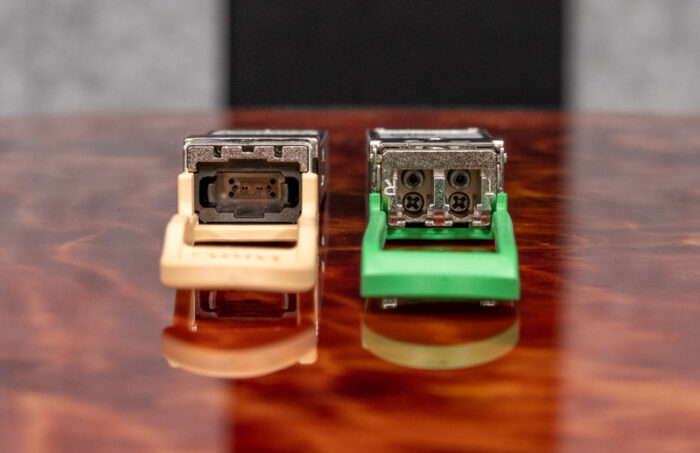
- Data Centers: As the backbone of the digital world, data centers require high-speed, reliable, and efficient networking solutions. Both 100GBASE-SR4 and 25GBASE-SR offer the necessary bandwidth to accommodate the massive amounts of data being processed and transferred in these facilities. The scalability of these standards enables data centers to manage increasing workloads and adapt to evolving technologies.
- Enterprise Networks: In today’s digital era, enterprise networks play a crucial role in facilitating efficient communication and data transmission within organizations. With the rapid growth of connected devices and users, the demand for high-performance connectivity has become paramount. To meet this demand, the adoption of advanced technologies such as 25GBASE-SR and 100GBASE-SR4 has revolutionized enterprise networks.25GBASE-SR and 100GBASE-SR4 offer significant improvements in data transmission capabilities, enabling the efficient handling of large amounts of data. These high-speed Ethernet standards provide enterprises with the bandwidth necessary to support the increasing number of connected devices, ensuring seamless communication and enhanced network performance.
- High-Performance Computing (HPC): In the realm of High-Performance Computing (HPC), where tasks like big data analytics, artificial intelligence, and machine learning demand lightning-fast data transmission, the significance of high-speed connectivity cannot be overstated. To address these requirements, the deployment of 100GBASE-SR4 and 25GBASE-SR technologies emerge as the perfect solution. These cutting-edge Ethernet standards offer impressive bandwidth capabilities, enabling HPC environments to process and analyze vast amounts of data with exceptional efficiency. By leveraging 100GBASE-SR4 and 25GBASE-SR, HPC environments can effectively support the demanding applications of today and tomorrow, ensuring seamless and rapid data transmission, and thereby maximizing the potential of high-performance computing.
Advantages of QSFP28 SR4 and 25GBASE-SR
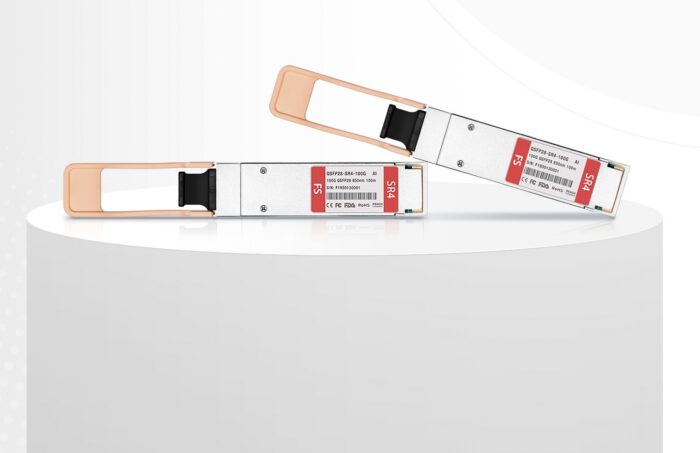
- Increased Bandwidth: Both 100GBASE-SR4 and 25GBASE-SR deliver significantly higher bandwidth compared to their predecessors, allowing for faster data transmission and enhanced network performance.
- Cost-Effectiveness: By utilizing multi-mode fiber, 100GBASE-SR4 and 25GBASE-SR offer a cost-effective solution compared to single-mode fiber alternatives. Multi-mode fiber is less expensive and offers the advantage of easier installation and maintenance.
- Scalability: The standards provide excellent scalability, as they are designed to support the increasing demands for higher bandwidth in various applications. This scalability allows organizations to expand their networks as needed, without sacrificing performance or reliability.
- Energy Efficiency: As a result of their design and technological advancements, both 100GBASE-SR4 and 25GBASE-SR offer improved energy efficiency compared to previous standards, reducing power consumption and lowering operating costs.
Conclusion
The emergence of QSFP28 and sfp28 standards has revolutionized the networking landscape, providing high-speed connectivity options to meet the ever-growing demands of data-intensive applications. As data centers, enterprise networks, and high-performance computing environments continue to evolve, these standards offer the necessary bandwidth, scalability, and efficiency to support the rapid transmission of large volumes of data.






